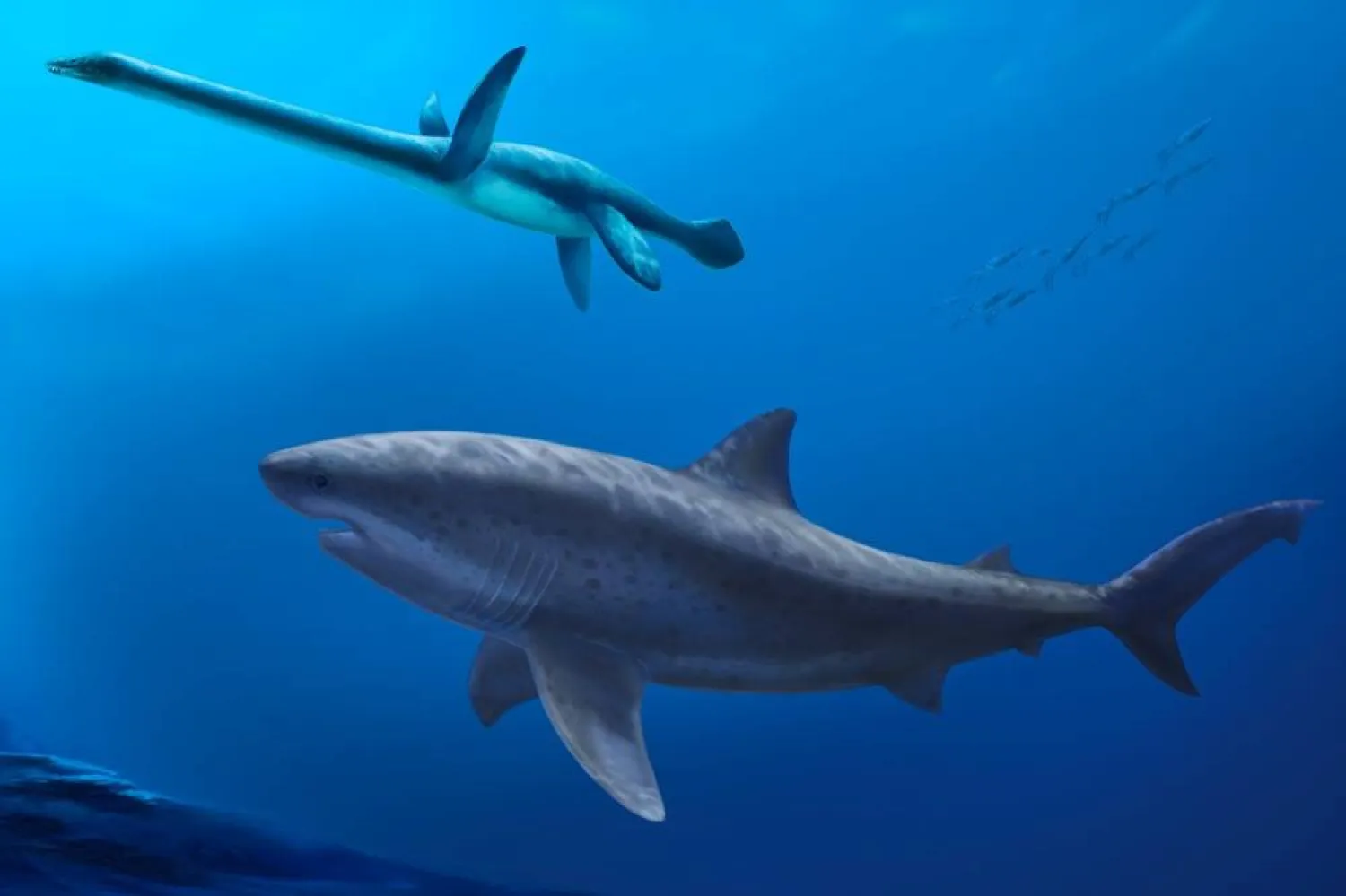Among the millions of fresh-faced high schoolers sitting China's dreaded "gaokao" college entrance exam on Wednesday, Liang Shi sticks out like a sore thumb -- a grey-haired, self-made millionaire stubbornly taking the test for the 27th time.
Liang, 56, is no fool. He worked his way up from a menial job on a factory floor to establishing his own successful construction materials business.
But one dream has always eluded him: getting a high enough score on the notoriously grueling gaokao to study at the top-tier Sichuan University.
To compete with the nearly 13 million high school seniors taking the exam this year, Liang said he has been living "the life of an ascetic monk" for the past few months, rising just after dawn to furiously study textbooks for 12 hours a day.
"It's an uncomfortable thought that I didn't manage to get a college education," Liang told AFP.
"I really want to go to university and become an intellectual."
Over the past four decades, the Sichuan native has taken the gaokao 26 times but has consistently failed to get the required result to send him to his chosen university.
"They call me 'the gaokao holdout'," he said, proudly owning a mocking nickname given to him by local media.
For students, a good gaokao result can decide one's life trajectory, with a degree from an elite university conferring respect, status and better job opportunities.
Liang took the exam for the first time in 1983, when he was only 16.
He kept trying to boost his score for the next decade -- until he had to give up in 1992, as the test at that time was restricted to single people aged under 25.
As soon as those limits were lifted in 2001, Liang's desire for a prestigious college education was rekindled.
He has since taken the gaokao another 16 times, including every year since 2010 -- even when harsh zero-Covid restrictions made taking the exam more challenging than normal.
Online, some have questioned whether his apparent obsession is merely a publicity stunt.
"What for?" Liang retorted.
"No one in their right mind would spend decades taking the gaokao for a stunt."
He had to give up drinking and playing mahjong during the preparation period, he jokingly pointed out.
Liang's quest hasn't got much support from his son, who took the gaokao himself in 2011.
"At first he didn't approve, and now, he's just indifferent," Liang said.
Asked how he would celebrate once the test is over this weekend, he said he was planning to make up for lost fun.
"I'm going to play mahjong with my friends for three days and three nights."









